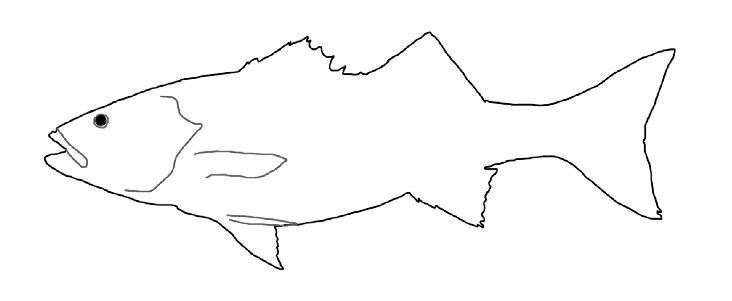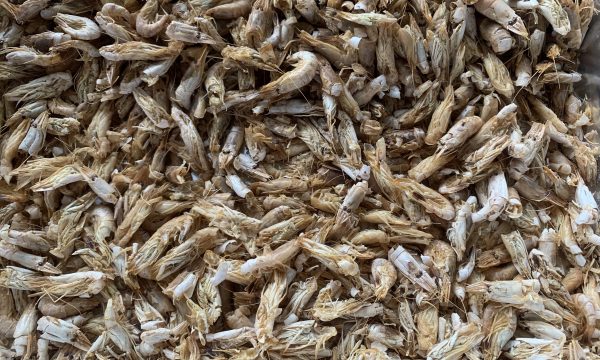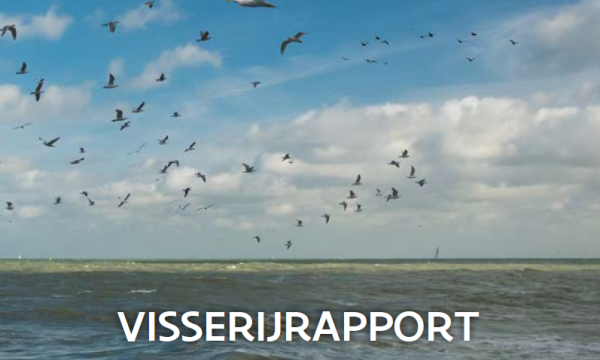Project news Sport fishing for science
How many sea bass are there on the Belgian coast? How big are the fish and where are they often found? ILVO, UGent and VLIZ have marked sea bass and are now counting on sport fishermen to pass on data on catch (and release). The ultimate goal is to better align sea bass policy with the current state of sea bass stocks. Read more in this brochure (in Dutch).

The EFMZV-FIVA project Sea(A)Bass is aimed at optimizing the management of sea bass, a fish species that has been struggling for years. ILVO has been tagging sea bass since 2006, and uses the data on (repeated) catches of these fish. Recently, some sea bass were given an internal transmitter to follow their movements. To inform recreational and commercial fisherman that tagged sea bass are swimming around, an informative flyer was distributed. It explains why the fish are tagged, and what you can do as an angler if you catch a sea bass. Attention: It is forbidden to fish for sea bass in the Zeebrugge area and in Ostend there is an obligation to release the fish. Scientists of ILVO, VLIZ and UGent are conducting research in these places in cooperation with a specific group of volunteers/fishermen. This group has a license to catch, tag and release sea bass in these areas.
The reports of (re)catch and additional data (length, weight, age, but also socio-economic data) help to estimate population sizes, growth and distribution. In addition, we want to identify the different habitats of sea bass in the North Sea. All information together will allow us to provide substantiated scientific advice for further management of the sea bass stock.
Please email to zeebaars@ilvo.vlaanderen.be



